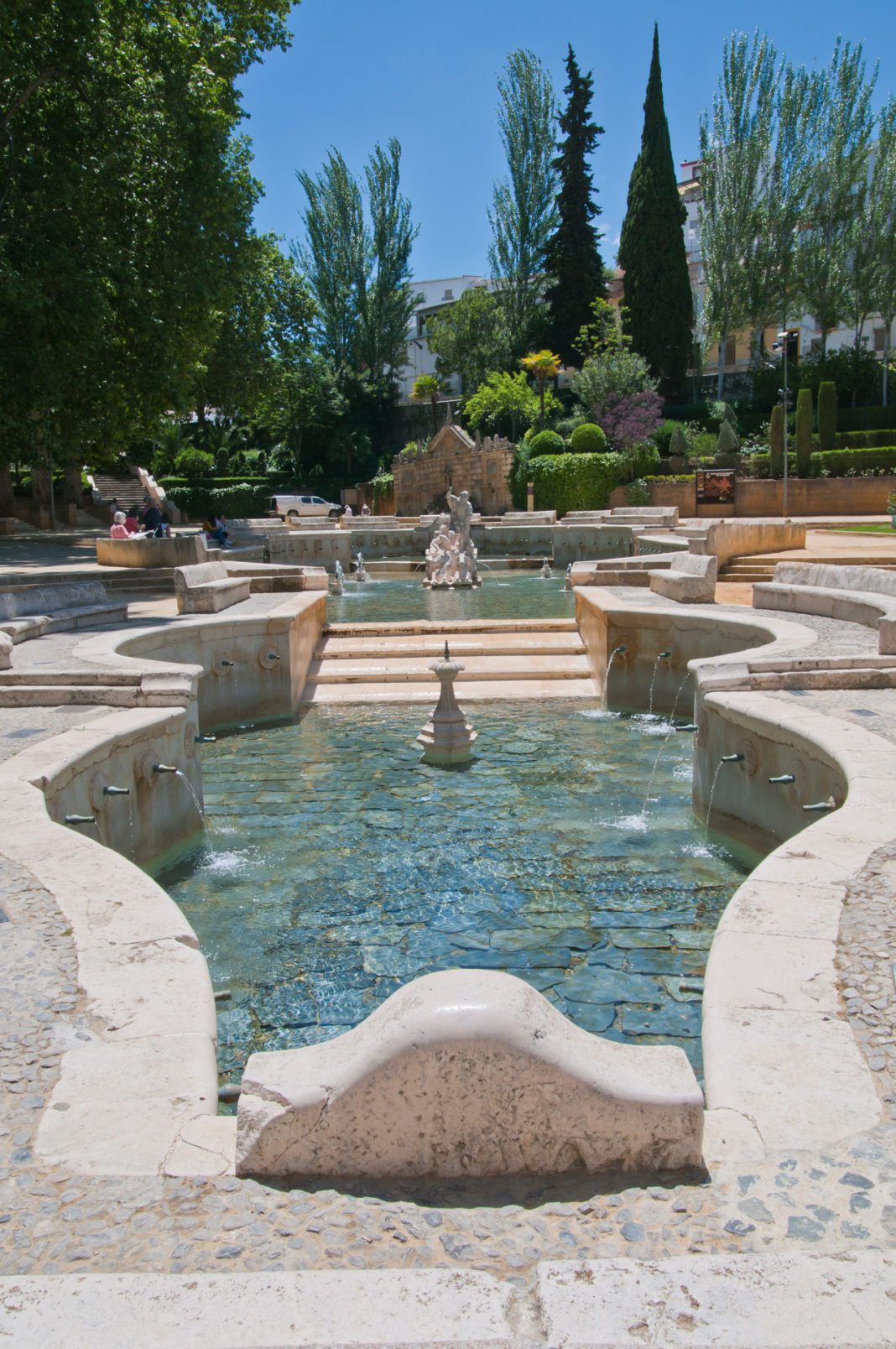Culture, climate and geography converge in Spain to produce some of the most highly prized foods in the world, including olive oils, cheeses and cured ham, notably Serrano and Ibérico.
Let’s start with the ham. The exceptional Ibérico pig descends from a breed of wild boar that once roamed the Mediterranean basin. The animals are the last of the grazing species in Europe; they are still allowed to roam freely in this part of Andalucia.
Slice thinly to bring out the best of the mouth-watering meat, which is accented with fat derived from the pigs’ diet of mostly acorns. The flavors are intense.
The other notable Spanish ham is the Serrano, a word meaning “from the mountains,” hearkening to a time when these delectable hams were covered with salt for a number of days and then cured in mountain air. Today, the term is reserved for cured ham made from certain light-colored pigs, such as the Duroc, Landrace and Large White breeds.
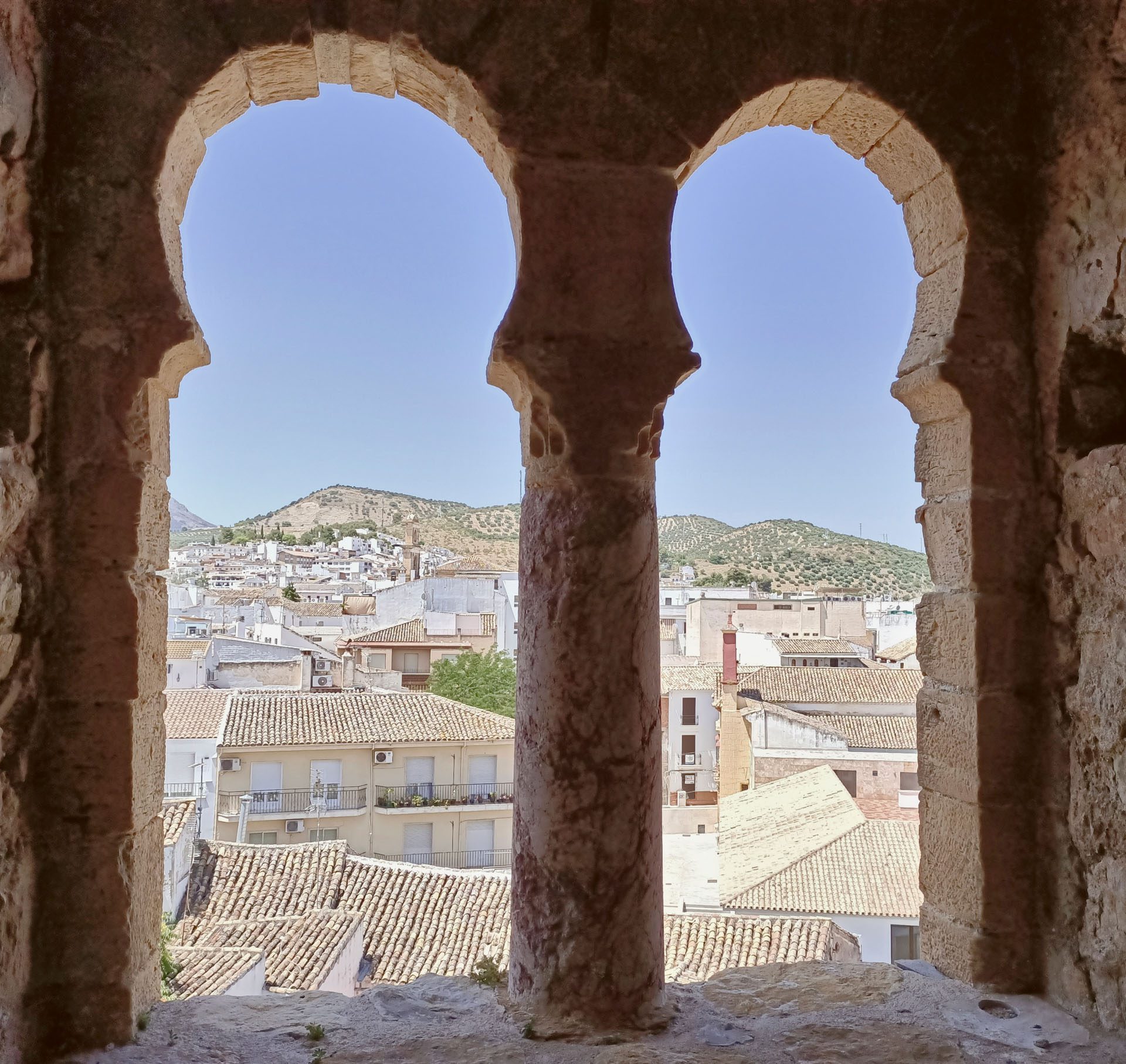
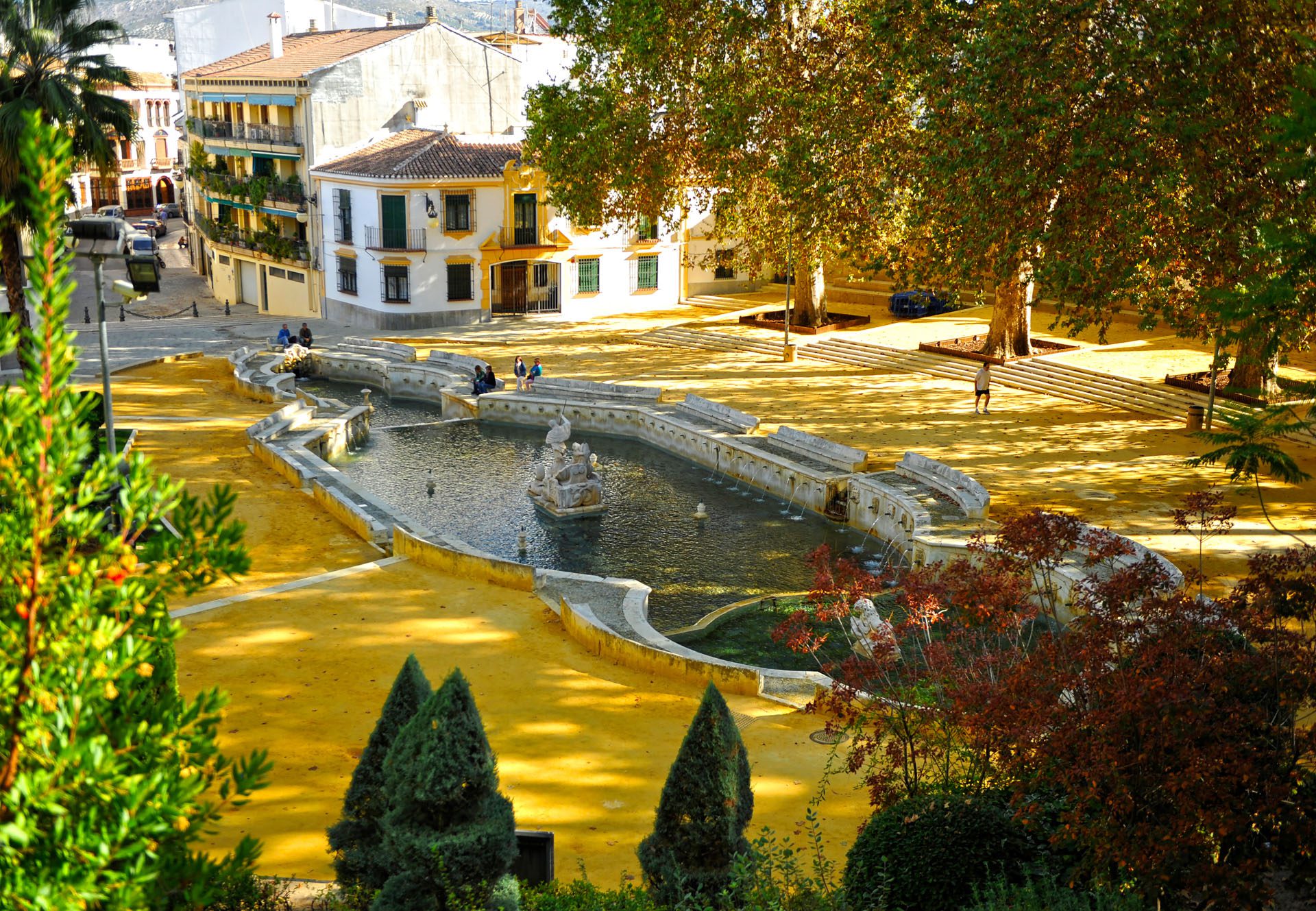
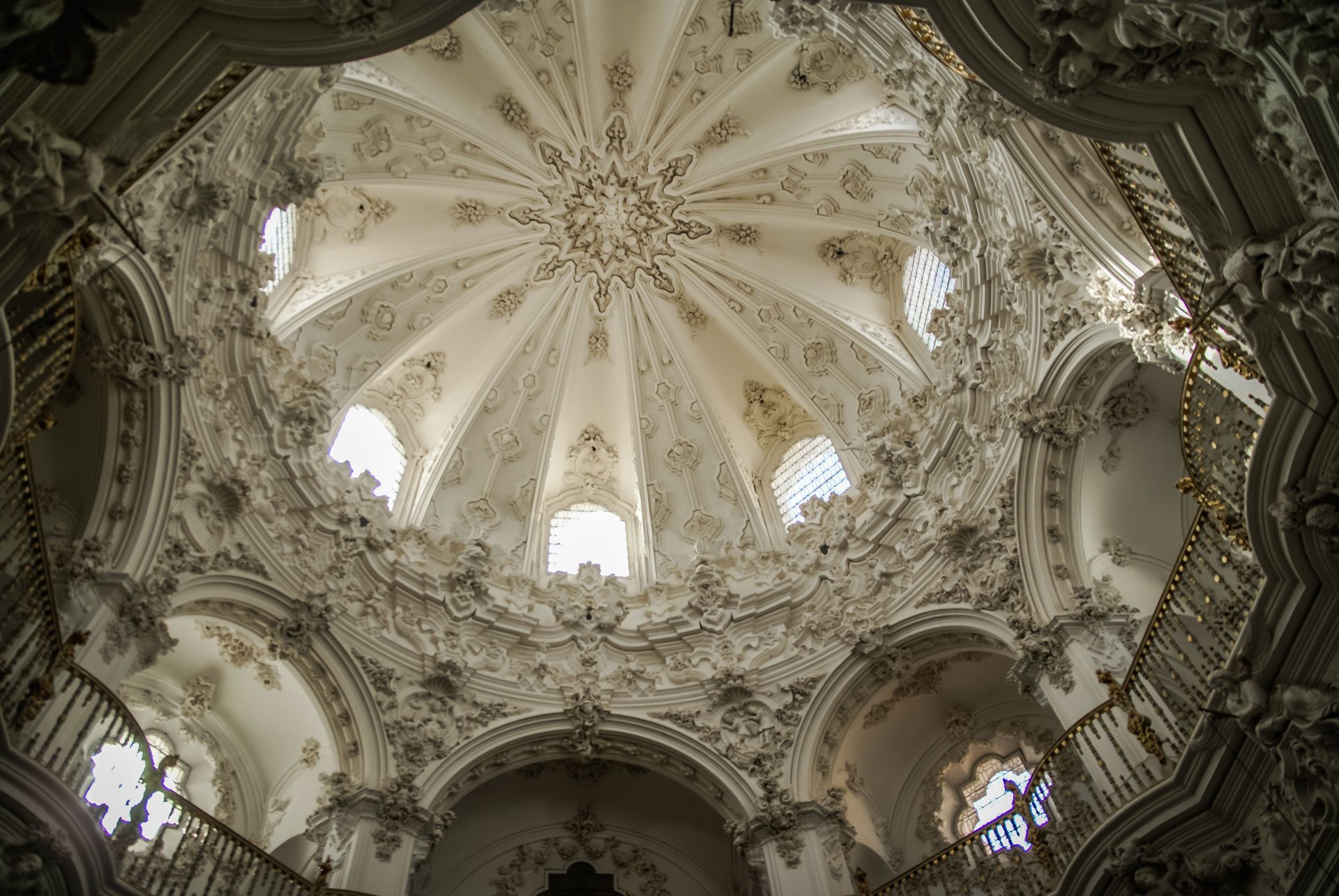

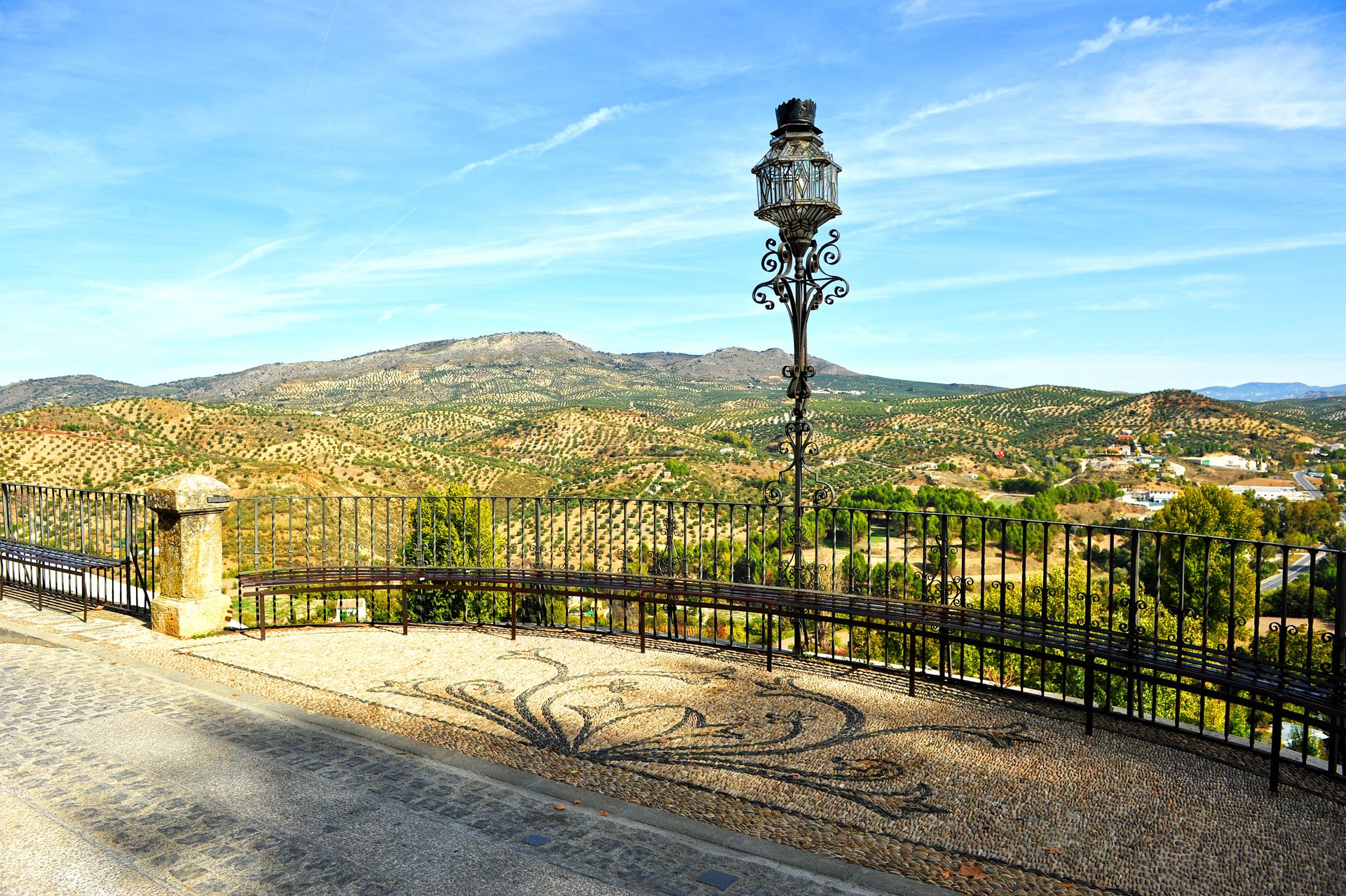
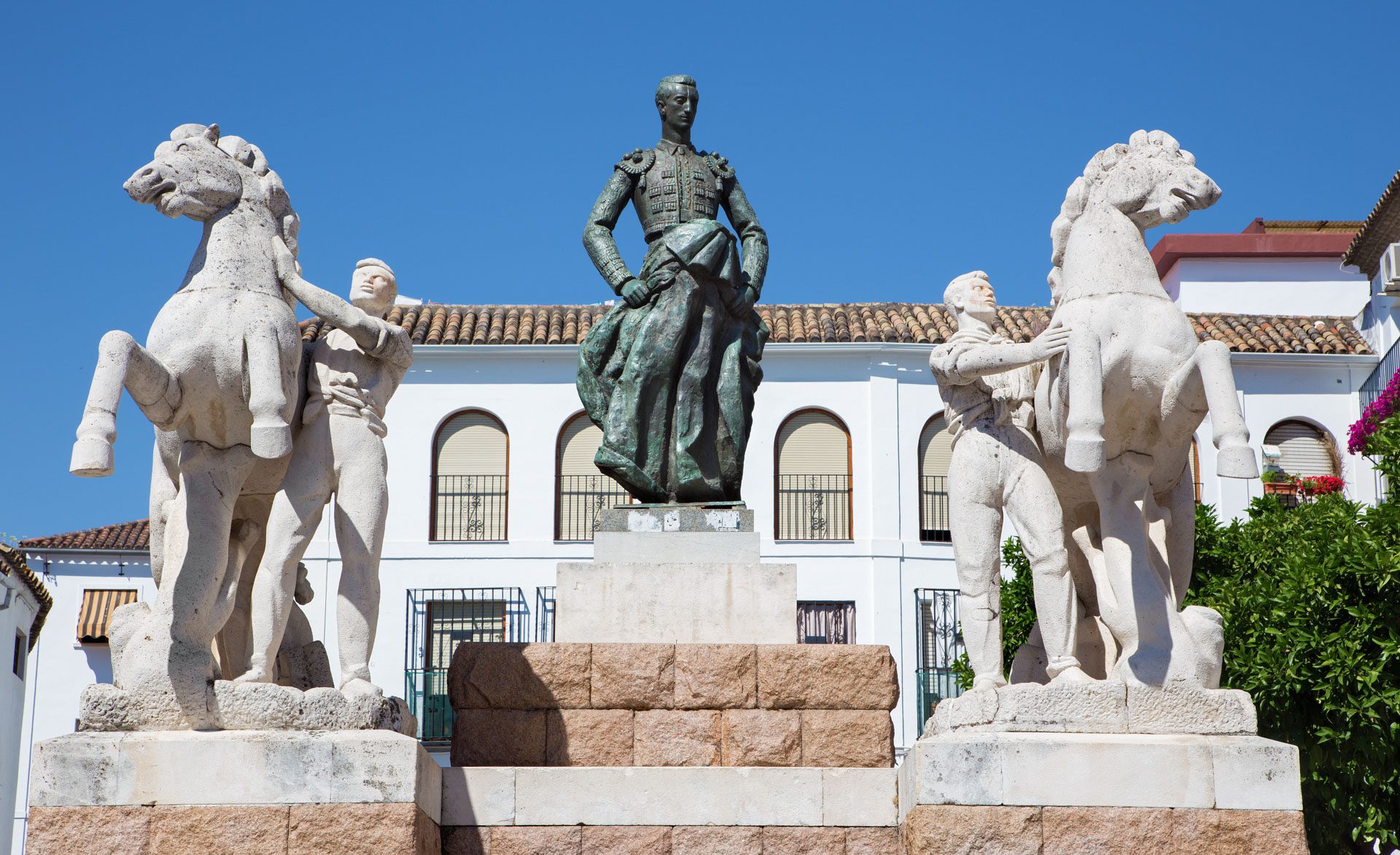
Priego de Córdoba
Our home base for this gastronomic adventure is Priego de Córdoba, located at the base of the highest peak in the province, nestled in the heart of the Sierra Subbetica region of Andalucia.
Rolling hills, clear rivers and rich farmland are conducive to the growing of olives. Some of the world’s most celebrated extra virgin olive oils come from here, particularly Melgarejo and Venta del Baron. Sign up for tours of the mills followed by tastings.
The excellence of the region’s cheeses are a function of location and weather, which collude to produce high-quality cow, ewe and goat milk. These raw products are used singly or in combination to create awesome cheeses that are often smoked, rubbed with olive oil or enhanced with spices.
The cheese production houses range from large commercial operations to small boutique dairies churning out artisan cheeses carrying historic flavors.
Priego itself is a gem of a community (pop. 22,000) whose residents prosper in time-honored farming endeavors first devised by the Romans and then the Moors. The city’s bright white houses are adorned with flower boxes full of dazzling color. Small winding streets take you past small shops and Baroque churches: Las Angustias Church, La Aurora Chapel, Saint John’s Convent, Saint Peter’s Church and Iglesia de San Francisco.
Stroll down Calle del Rio opposite the town hall for glimpses of 18th-century mansions where Andalucian silk merchants once held court. At the end of the street is the remarkable Fuente del Rey (King’s Fountain), constructed in 1803 and featuring 139 water jets spouting natural spring water.
During your wanderings, pop into intriguing eateries featuring Spanish chorizo, home-made morcilla, Moorish sweets, dark chocolate loaded with almonds, fresh cheeses and, of course, EVOO.
The town is highly walkable, thanks in large part to its nonconforming urban layout, and water seems to be everywhere. Not only are there fountains, but also the Zagrilla and Salado Rivers flow from the Sierra de la Horcanera and the headwaters of the Guadajoz are nearby. Agriculture thrives along these rivers, lined with oaks and white poplars.
Ringing the town are ancient olive groves. The oldest section of Priego de Córdoba is the Barrio de la Villa. On one side, a cliff wall looms high, protecting the narrow alleys and meandering streets below.
Where to Stay
For accommodations, my suggestion is Casa Banos de la Villa, a charming hotel on a flower-filled avenue with a small number of rooms, each with its own personality, situated on inviting patios encircling a central courtyard. The hotel’s spa, sauna, steam room and massage therapies soothe and rejuvenate as guests enjoy aromatherapy essences and traditional Turkish baths under vaulted ceilings.






















